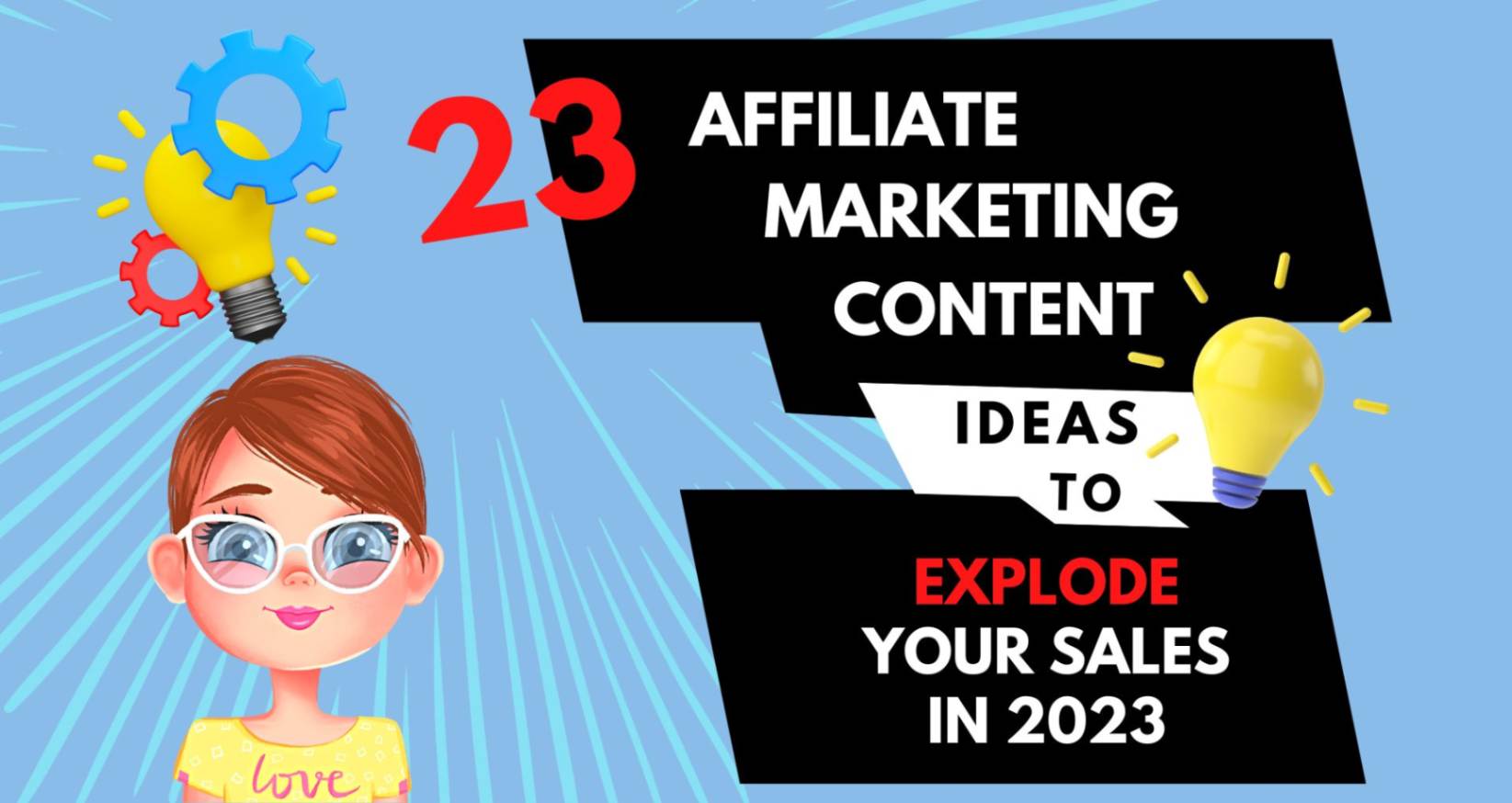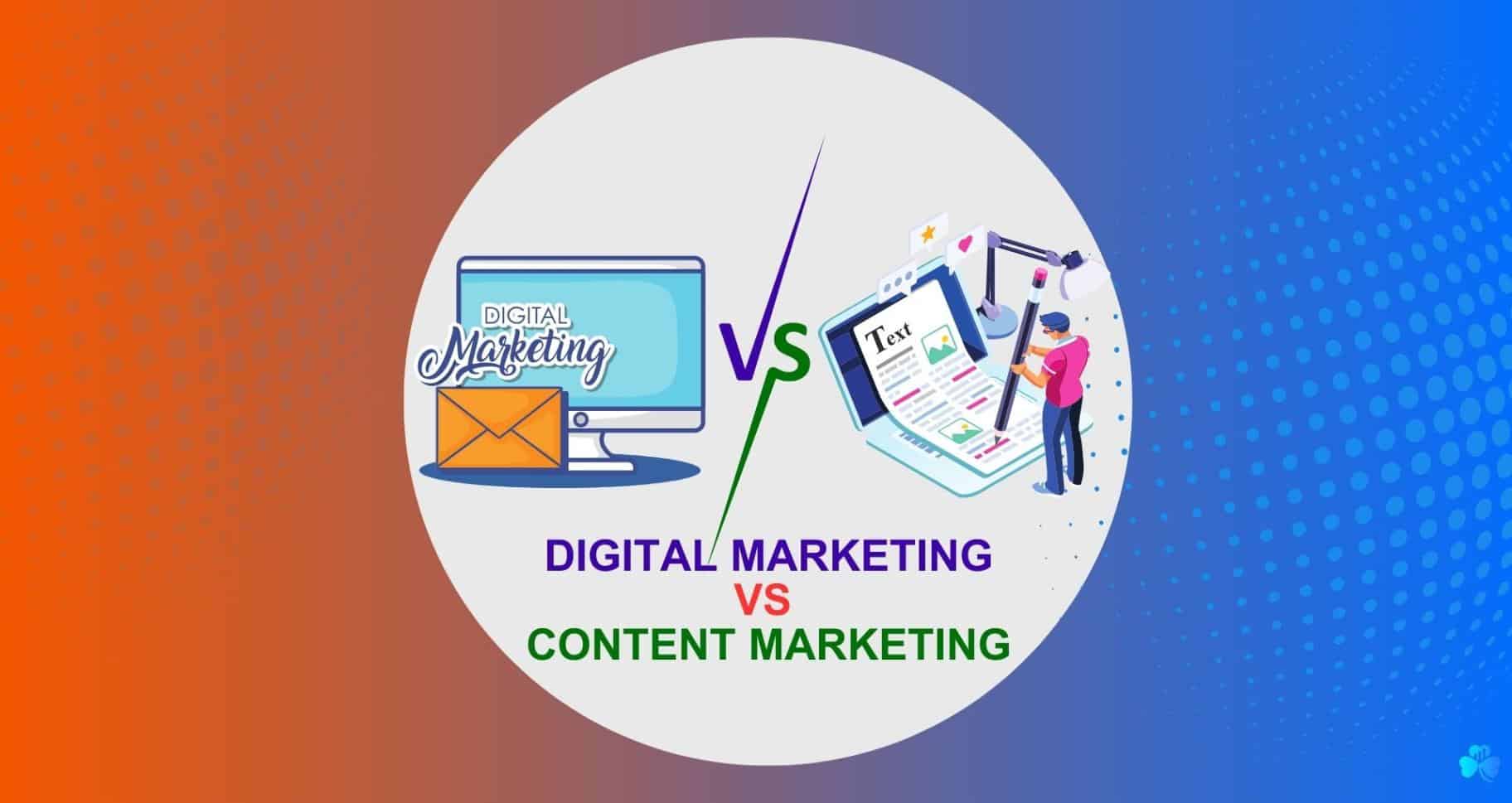Digital marketing vs content marketing: Which Is The Best? Choose your marketing strategy wisely and watch your brand promotion soar in the digital space.
To sum up the Key differences: Digital marketing includes a wide range of online marketing activities such as affiliate marketing, paid ads, social marketing, and more.
However, content marketing focuses on creating and distributing valuable information to establish relationships and brand authority, such as blogs, email marketing, and more.
There is no best one since a thorough marketing strategy includes both, and they often work together to achieve business goals in modern marketing.
In this post digital marketing vs. content marketing we dive deep into all aspects of these two strategies!
This article might contain referral links from our chosen partners, that may bring us a small commission at no additional cost to you. Please read our disclosure page for more details.
Understanding Digital Marketing
What Is Digital Marketing?
Digital marketing encompasses various online strategies used to promote your business, products, or services.
By leveraging the internet, you can connect with people actively seeking what you have to offer.
Digital marketing employs online tools like search engines, social media channels, email, video marketing, and more.
Techniques in Digital Marketing
Search Engine Optimization (SEO)
Search Engine Optimization (SEO) is a complex strategy vital for digital marketing success.
It involves enhancing your website to achieve higher rankings in search engine marketing results, particularly on Google.
This optimization encompasses various aspects, including:
1. Keyword Research: Conduct comprehensive keyword research to identify terms your target audience uses.
This research forms the foundation of your SEO plan.
2. On-Page SEO: Improve your web pages by strategically incorporating essential keywords into titles, headings, meta descriptions, and content.
Ensure your website is user-friendly and navigable.
3. Quality Content: High-quality and informative content is fundamental to SEO.
Create content that answers audience questions and remains up-to-date and engaging.
4. Backlinks: Establish a strong backlink profile by acquiring quality links from reputable websites.
Backlinks signal your website's reliability and value.
5. Technical SEO: Focus on technical aspects like website speed, mobile-friendliness, and schema markup.
A technically sound website enhances user experience and search engine rankings.
6. Local SEO: If your business targets a local audience, enhance your online presence for local searches.
This involves optimizing your Google My Business profile and garnering positive reviews.
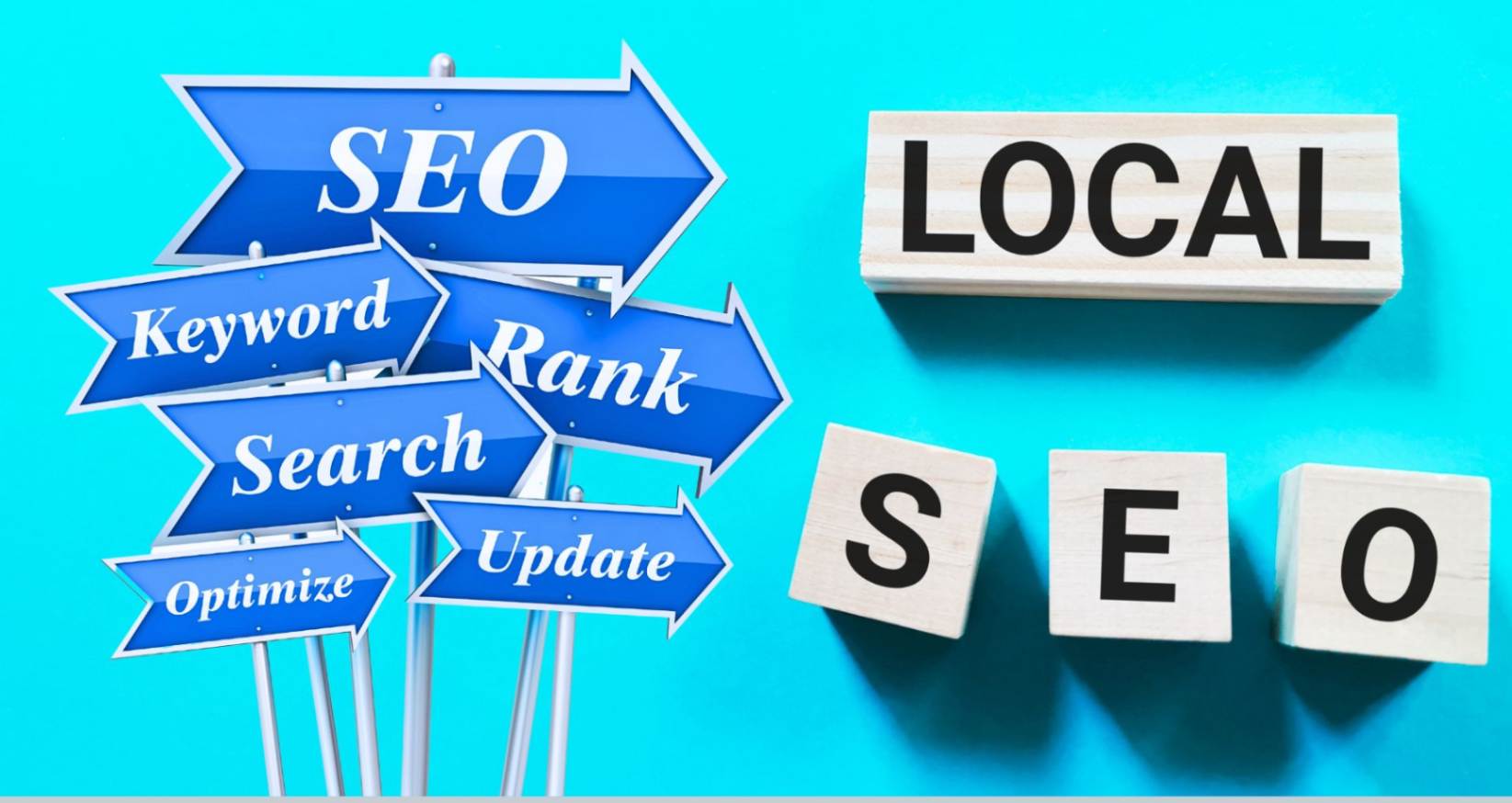
Monitor your website's performance using tools like Google Analytics and Google Search Console.
Assess critical metrics such as organic search traffic, click-through rates, and keyword rankings.
Pay-Per-Click Advertising (PPC)
Pay-per-click advertising (PPC) is a form of online advertising where you do paid advertisements for immediate website traffic. Key aspects of PPC include:
1. Keyword Selection: Choose relevant keywords aligned with your business objectives and bid on them in PPC platforms like Google Ads.
Each click on your ad incurs a cost.
2. Compelling Advertisements: Craft attention-grabbing ad copy that entices users to click.
Incorporate essential keywords to enhance relevance and quality scores.
3. Targeting Options: Utilize targeting options to reach your desired audience, including geographic targeting, demographic factors, and user preferences.
4. Budget Management: Set daily or monthly budgets for your PPC campaigns and monitor expenses.
Adjust your budget as needed to maximize returns on investment.
5. Ad Extensions: Enhance your ads with extensions like site link extensions, callout extensions, and location extensions.
These provide additional information and encourage clicks.
6. Quality Score: Google assigns a quality score to your ads based on relevance and user experience.
A higher quality score can lead to lower click costs and better ad positions.
7. Conversion Tracking: Implement conversion tracking using a good link tracker to measure the effectiveness of your PPC campaigns.
8. Track actions: such as form submissions, purchases, and sign-ups.
By analyzing your KPIs (key performance indicators) eg. cost per click, clickthrough rate, etc. you can create a successful campaign.
Social Media Marketing
Social media marketing is a dynamic and influential component of digital marketing strategy.
Key considerations in this strategy include:
1. Choosing a Platform: Determine which social media platforms align with your target audience.
Popular options include Facebook, Twitter, Instagram, LinkedIn, and Pinterest.
Customize your approach to leverage each platform's unique advantages.
2. Content Strategy: Develop a content plan encompassing social posts, images, videos, and stories.
Create content that resonates with your audience and reflects your brand's voice.
3. Engagement: Actively engage with your audience by promptly responding to comments, messages, and mentions.
Encourage discussions and interactions to foster community engagement.
4. Paid Advertising: Explore paid social media advertising to expand your audience reach.
These platforms offer extensive targeting options based on factors like age, location, and interests.
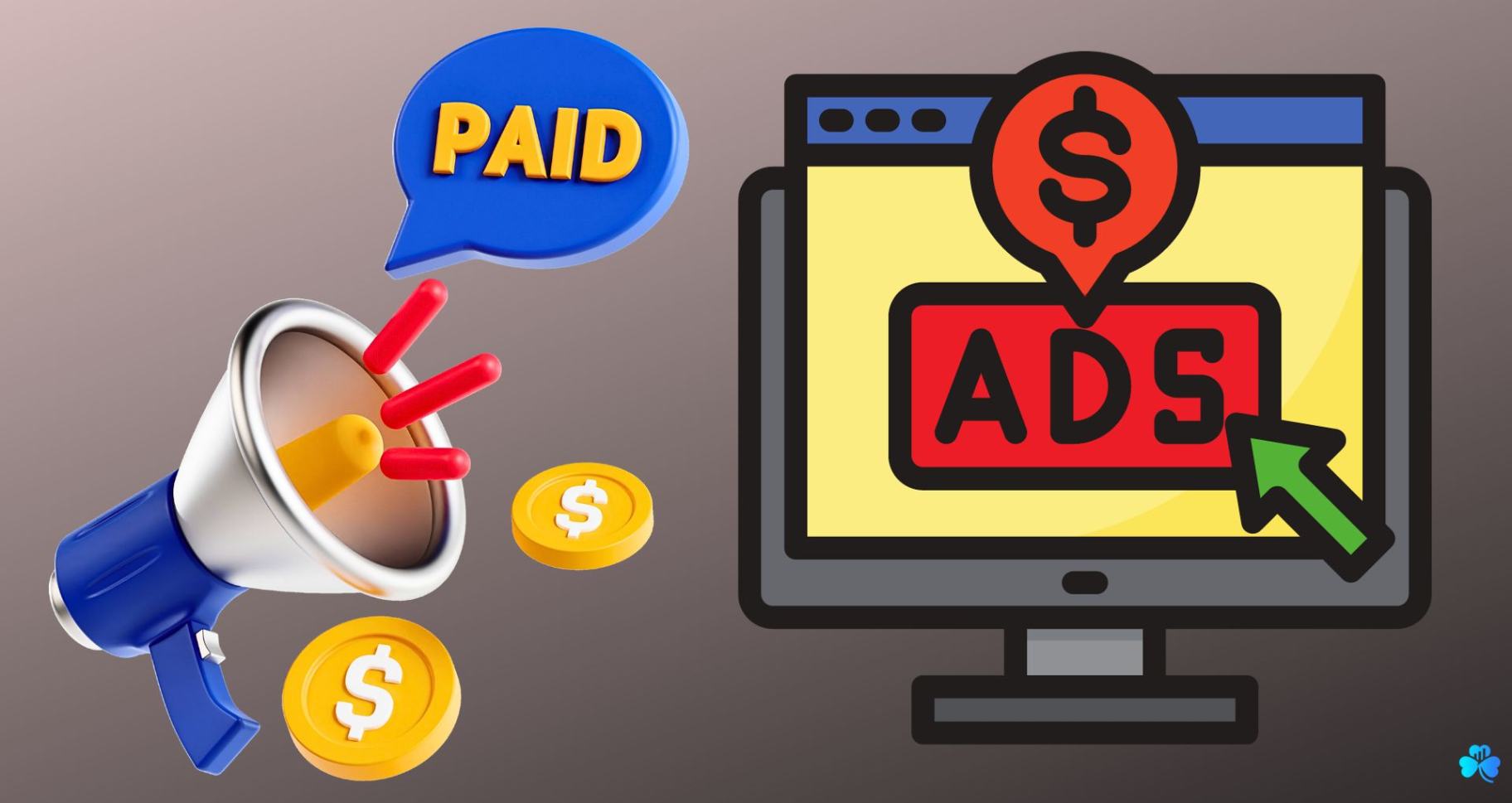
5. Analytics and Insights: Utilize social media platforms' analytics tools to monitor the performance of your posts and campaigns.
Analyze metrics such as engagement levels, reach, and click-through rates.
6. Posting Schedule: Identify optimal posting times based on your audience's behavior and time zones.
Use scheduling tools to maintain a consistent posting schedule.
Email Marketing
Email marketing is an invaluable tool and is very cost-effective for nurturing potential customers and maintaining their interest.
Here's an in-depth exploration of this email marketing strategy:
Email List Building: Create and categorize your email list based on user preferences and behaviors, ensuring compliance with email marketing regulations such as the CAN-SPAM Act.
Personalized Content: Enhance the personalization of your email content to demonstrate value and understanding toward recipients.
Address them by their names, suggest suitable products, and tailor messages to their interests.
Automation: Implement an automated system using good autoresponders to send emails at specific times or triggered by user actions.
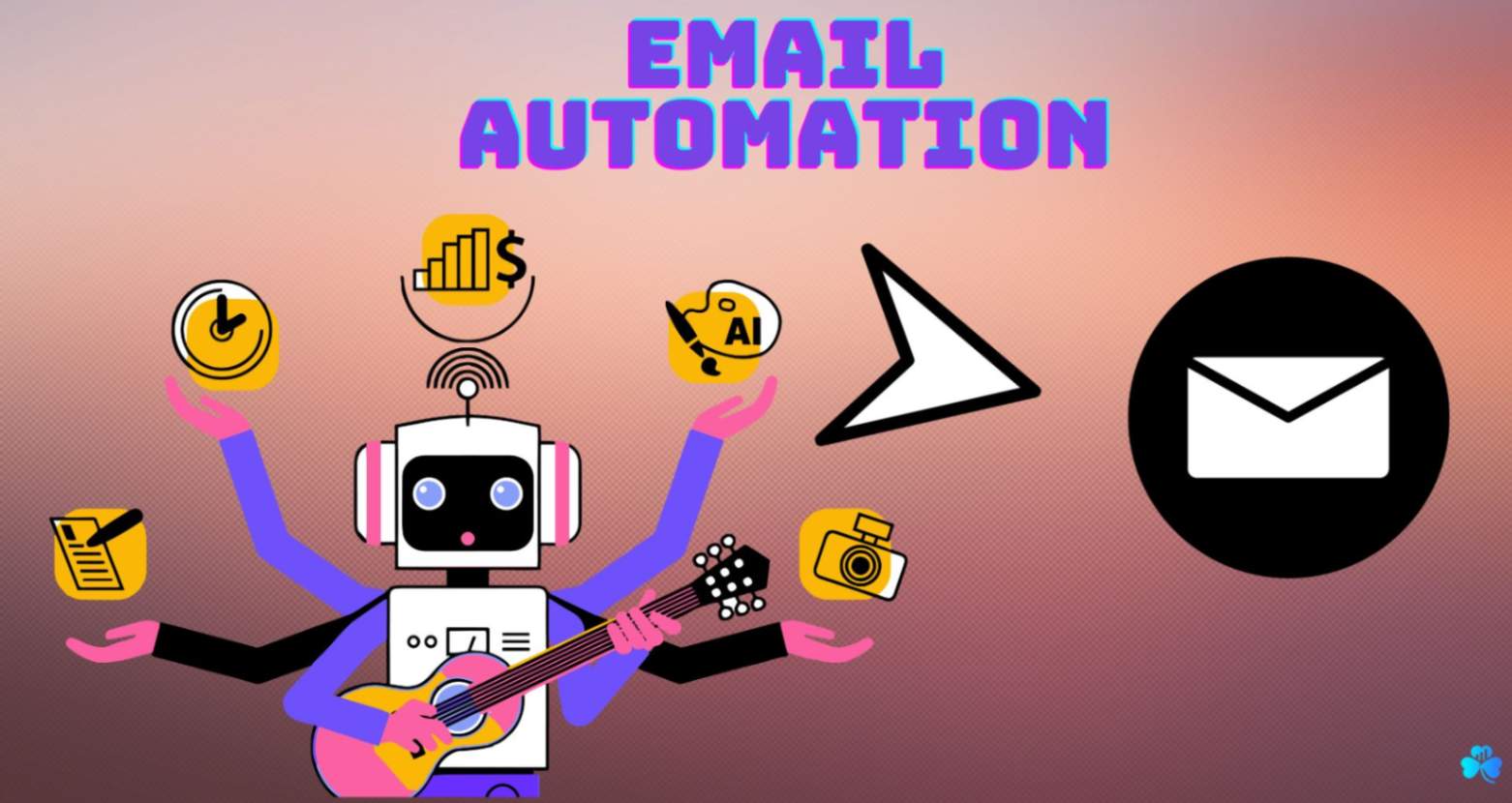
Automation includes sending welcome emails, reminding customers about abandoned carts, and delivering follow-up messages.
Quality Content: Provide value in your emails by offering subscribers exclusive discounts, educational blog post content, product updates, and engaging newsletters.
A/B Testing: Continuously improve your email campaigns through A/B testing.
Experiment with different subject lines, email content, and call-to-action buttons to identify what bonds best with your audience.
Performance Metrics: Monitoring email performance metrics is crucial.
key performance indicators to track include email open rates, click-through rates, conversion rates, and unsubscribe rates.
Use these insights to refine your email marketing objectives.
see our post: Performance Marketing vs Digital Marketing [2023]
Metrics and Analytics
Effective digital marketing strategies
relies on data-driven decision-making. Consider the following important aspects:
Website Traffic Analysis: Utilize tools like Google Analytics to analyze website traffic volume, visitor demographics, and user interactions.
Identify popular pages and pinpoint where visitors exit the website.
Conversion Rate Analysis: Evaluate campaign effectiveness by monitoring conversion rates.
Determine how many visitors perform desired actions, such as making a purchase or completing a contact form.
Click-Through Rate (CTR): CTR is a critical metric in email marketing and PPC advertising.
It indicates the percentage of people who click on links in your emails or ads.
Assessing CTR helps gauge campaign performance.
Bounce Rate Analysis: A high bounce rate suggests visitors are leaving your website quickly.
This is potentially due to a poor user experience or irrelevant content.
Investigate and address the underlying issues.
Cost Per Click (CPC) and Cost Per Acquisition (CPA): In A paid ad campaign, CPC and CPA metrics offer insights into budget efficiency and goal achievement.
Social Media Insights: Leverage social media platforms' analytics tools to analyze user interactions, reach, and follower demographics.
These insights inform social media strategy enhancements.
Reporting and Visualization: Generate regular reports consolidating essential metrics and visually representing digital marketing performance.
These reports aid decision-making and strategy refinement.
Content Marketing
What Is Content Marketing?
Content marketing is a strategic approach to creating valuable, engaging, and audience-centric content.
This content serves as a bridge to connect with your target audience on a deeper level, build trust, and encourage desired actions.
Important Content Marketing Strategies
Content Creation
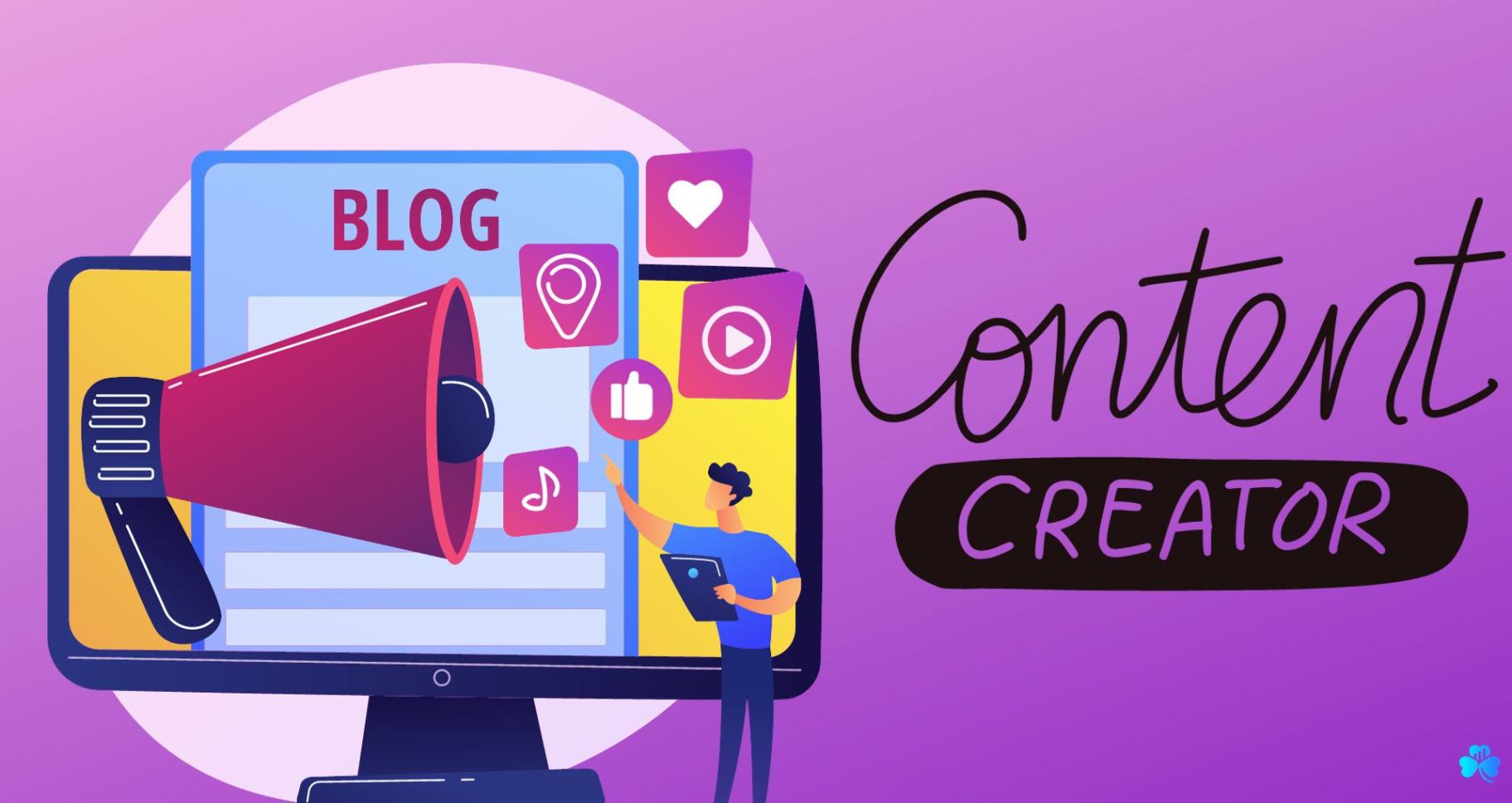
At the heart of content marketing lies content creation, where the goal is to produce high-quality, engaging content that resonates with your audience.
Content can take various forms, including:
- Blog Posts: Consistently publish informative blog articles addressing common questions, challenges, and topics in your industry. Ensure thorough research and practical advice.
- you can use writing assistants software to speed up the process.
- Videos: Create videos using Ai video generating software, for platforms like YouTube and social media, covering tutorials, product demonstrations, interviews, or compelling stories.
- Infographics: Develop visual content presenting complex information in a visually appealing and easily understandable manner.
- Podcasts: Host audio shows discussing industry updates, expert conversations, or niche topics of interest.
- eBooks and Guides: Provide comprehensive resources delving into specific topics relevant to your audience. Take advantage of PLR eBooks to save you time in creating content.
The key to effective content creation is making it engaging and valuable to your target audience.
Utilize storytelling, visuals, and a unique voice to make your content stand out.
Please provide the remaining parts of your article, and I will continue to add keywords and format them accordingly.
Content Distribution
Distributing valuable content is essential to ensure your content reaches the intended audience.
Here's a guide on how to excel in content distribution:
Social Media: Share your content on appropriate social media platforms, selecting those aligned with your audience's preferences.
Craft engaging social media posts that encourage interaction and strategically plan posting times.
Email Campaigns: Inform your email subscribers about your latest articles, videos, or resources through newsletters.
Segment your email list into smaller groups for customized content delivery.
Content Syndication: Expand your content's reach by syndicating it on reputable platforms, industry publications, and content aggregators.
Guest posting on relevant blogs can also attract more website visitors.
Online Communities: Participate in industry-specific online forums, communities, and discussion boards.
Share your content where it adds value and resonates with the community.
Paid Promotion: Consider investing in advertising on social media and content discovery platforms to broaden your content's visibility.
Tailor your distribution strategy to match your audience's online presence.
Remember, the key to successful content distribution is understanding your audience's online behavior and adapting your strategy accordingly.
Digital marketing vs content marketing: Content SEO
Ensuring search engines can easily discover your content and rank it highly in search results is crucial—this is known as Content SEO (Search Engine Optimization). Consider the following aspects:
Keyword Research: Conduct thorough keyword research to identify relevant search terms.
Utilize tools like Google Keyword Planner to find popular keywords related to your topic.
On-Page Optimization: Optimize your content's titles, headings, meta descriptions, and body text with the appropriate keywords to enhance SEO.
Organize your writing for clarity and readability.
Alt Tags: writing alt tags on your images is very important for SEO practices.
Backlinks: Secure high-quality backlinks from reputable websites within your industry.
Backlinks signal to search engines that your content is trustworthy and valuable.
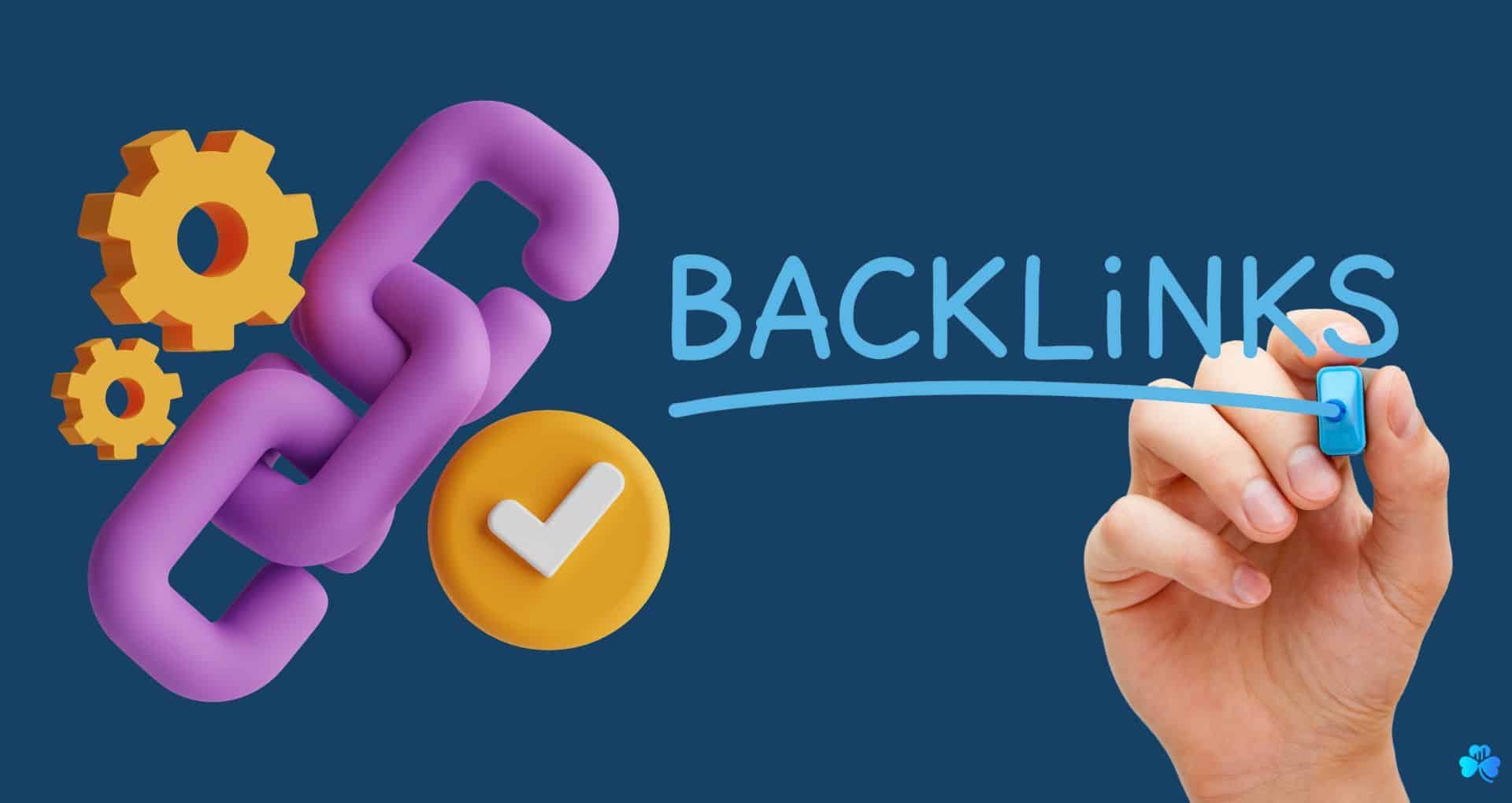
Mobile Optimization: Ensure your website functions seamlessly on mobile devices, as Google favors mobile-friendly sites in search rankings.
Loading Speed: Enhance your website's loading speed to improve user experience and potentially boost search engine rankings.
Content Analytics
Monitoring content performance is essential for refining your content marketing strategy. Key metrics to track include:
Page Views: Keep tabs on the number of views each content piece receives to identify popular content.
Bounce Rate: Analyze bounce rates to understand user engagement and website usability.
Conversion Rate: Calculate the percentage of visitors who take desired actions, such as making a purchase or signing up.
Social Shares: Monitor the number of times your content is shared on social media platforms.
Time on Page: Assess visitor engagement by examining the time spent interacting with your content.
Click-Through Rate (CTR): In email marketing and PPC campaigns, CTR reveals the percentage of users who click on your links.
Use these insights to refine your content creation plan, produce more of what resonates with your audience, and improve underperforming content.
Content Marketing vs Digital Marketing : A Comparative Analysis
Goals and Objectives
Digital marketing primarily focuses on achieving fast, measurable results and immediate conversions.
Tactics like PPC advertising generate instant traffic and also generating leads.
Conversely, content marketing emphasizes long-term goals, building trust, demonstrating expertise, and fostering enduring relationships with your audience.
Its core objectives are brand awareness, audience engagement, and cultivating strong, lasting customer relationships.
targeting the Audience
digital marketing efforts relies heavily on data and precise audience targeting.
It leverages tools and strategies to reach specific, potential customers based on their characteristics, preferences, and behaviors.
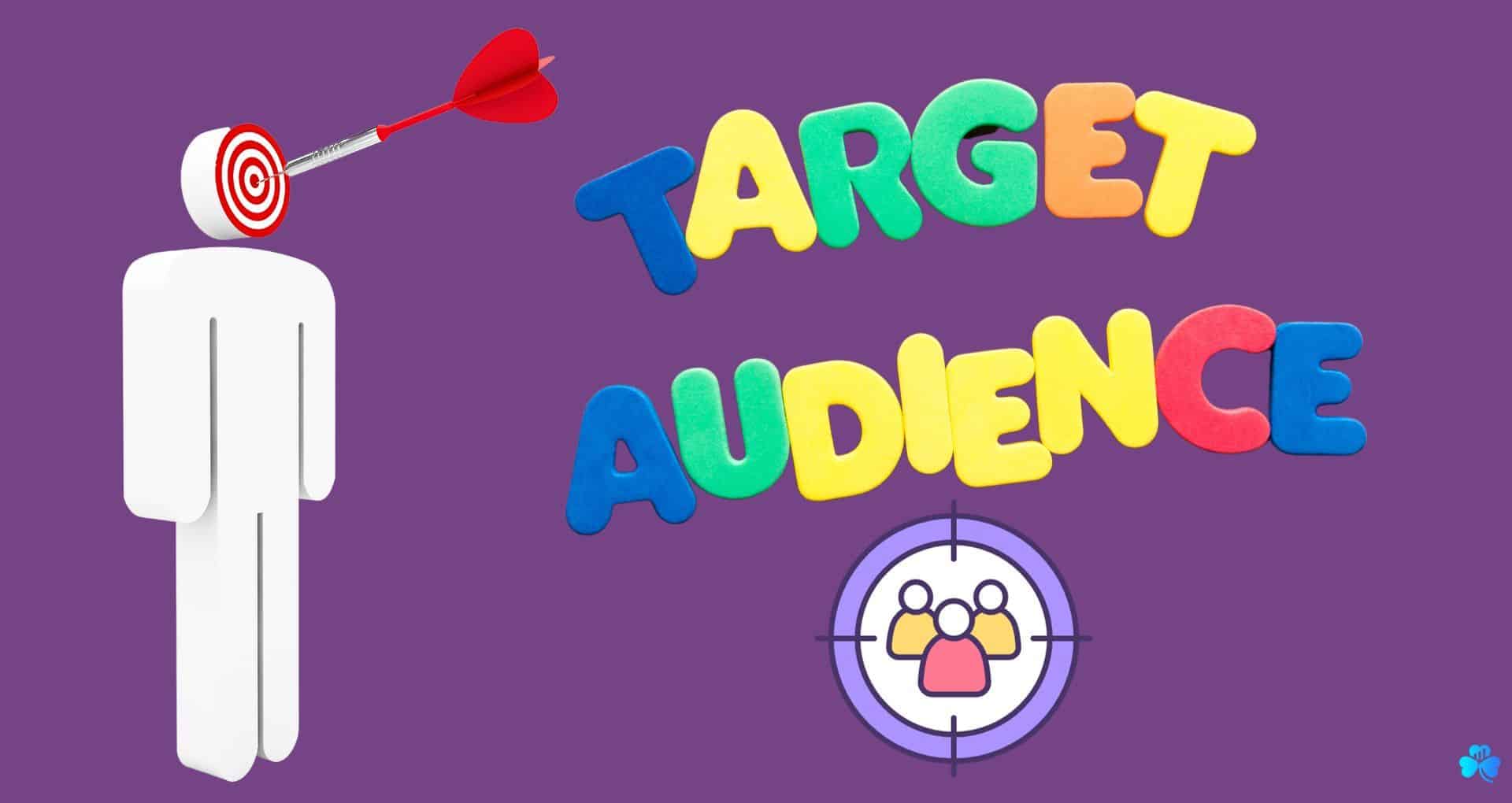
Content marketing aims to reach a broader and more diverse audience by providing valuable information and insights that appeal to a wide range of people.
While it may not offer the precision of digital marketing's targeting, it has the potential to attract a larger audience.
Cost and Resource Allocation
Digital marketing campaigns can be resource-intensive, especially when investing in paid advertising.
Budget allocation includes advertising costs, which can be substantial in competitive industries.
Content marketing also requires resources, primarily allocated to creating high-quality content.
This may involve hiring writers, artists, and proofreaders.
Additionally, content distribution strategies may require investments in tools and promotion.
Long-term vs. Short-term Benefits
digital marketing tactics deliver quick wins and immediate results, especially through paid advertising.
However, these gains may be short-lived, ceasing when advertising investments stop.
Content marketing offers enduring benefits, such as sustained organic traffic, lasting brand loyalty, and enduring audience engagement.
While it takes time to see significant results, high-quality content continues to attract and engage audiences over time.
The Connection Between Digital and Content Marketing
Combining digital and content marketing can be highly effective.
It allows you to leverage the strengths of each strategy, creating a Comprehensive marketing approach.
For instance, digital marketing can attract initial visitors to your content, while content marketing nurtures and converts them into loyal customers over time.
Effective integration leads to improved outcomes and a comprehensive online presence.
SEO Optimization and Keywords
SEO optimization is critical in both digital and content marketing.
By strategically using the right keywords and improving your content, content marketers can ensure greater visibility in online searches.
It will attract more organic traffic to your website, reducing reliance on paid ads.
Conduct comprehensive keyword research to discover the search terms your audience uses and incorporate those keywords into your content effectively.
Keyword Research: Perform thorough keyword research to identify the words and phrases your target audience uses when searching.
Utilize tools such as Google Keyword Planner to find relevant and high-traffic keywords that align with your content.
On-Page Optimization: Apply on-page SEO techniques to strategically integrate your selected keywords throughout your content.
Optimize titles, headings, meta descriptions, and body text to make your content search-engine-friendly.
Backlinks: Cultivate top-quality backlinks from respected websites within your industry.
Backlinks signal to search engines that your content is reliable and valuable.
Mobile Optimization: Ensure that your content functions seamlessly on mobile devices, as Google favors mobile-friendly websites, granting them higher search rankings.
Loading Speed: Enhance your website's loading speed to provide a better user experience.
Websites that load quickly generally rank higher in search results.
Final Thoughts: Making the Right Choice

When considering Digital Marketing vs. Content Marketing, remember that there's no universal solution.
Your decision hinges on your specific objectives, available resources, and time constraints.
Digital marketing delivers rapid results, while content marketing revolves around long-term relationship building.
It's crucial to recognize that the most effective strategies often blend elements of both digital and content marketing.
Striking the right balance empowers you to maximize your online marketing efforts and achieve your desired outcomes.
SUGGESTED ARTICLES

What Are PLR eBooks And How Can I Profit From Them? [2024]
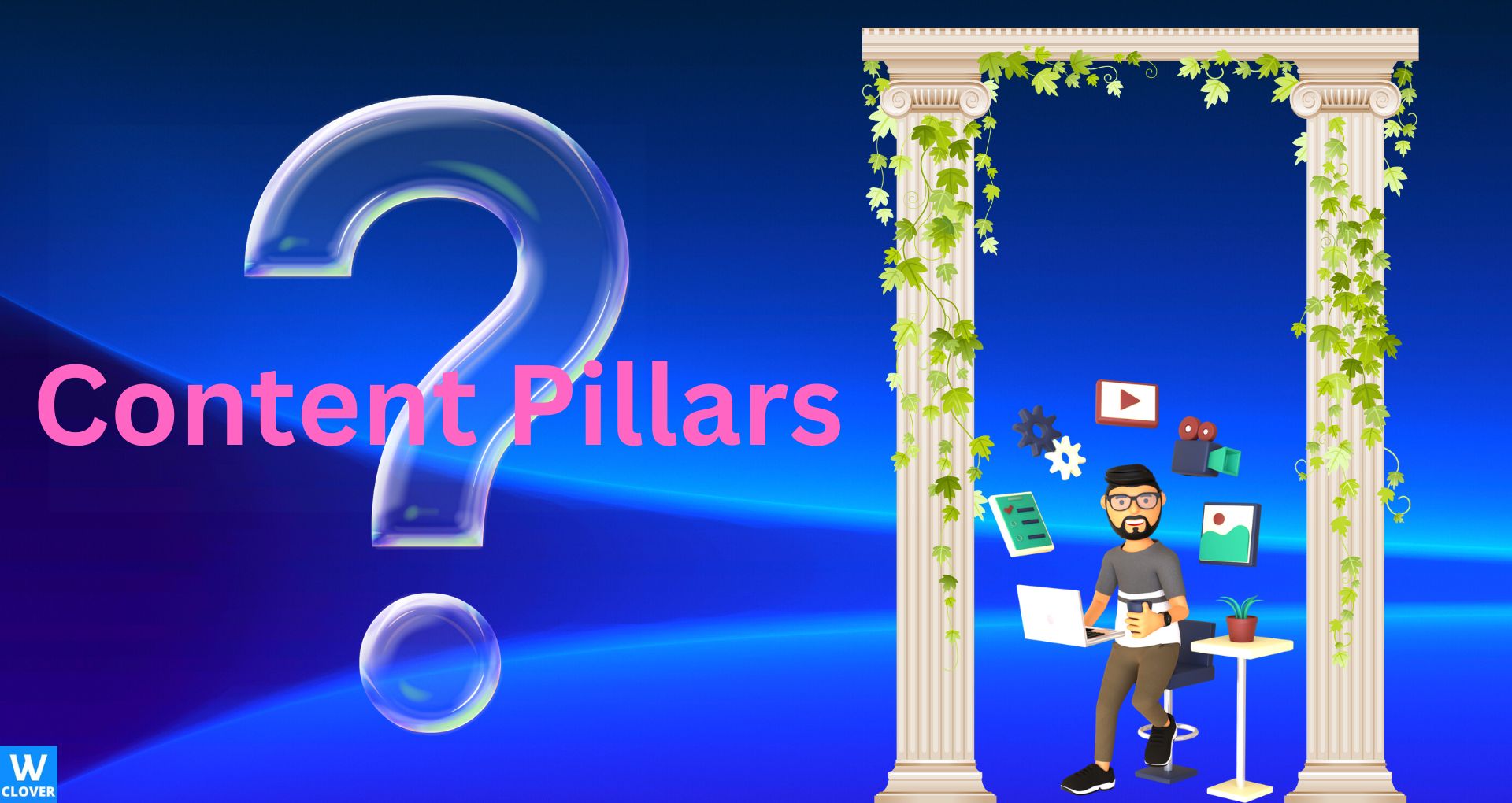
What are content pillars? Here are the 6 steps to create them
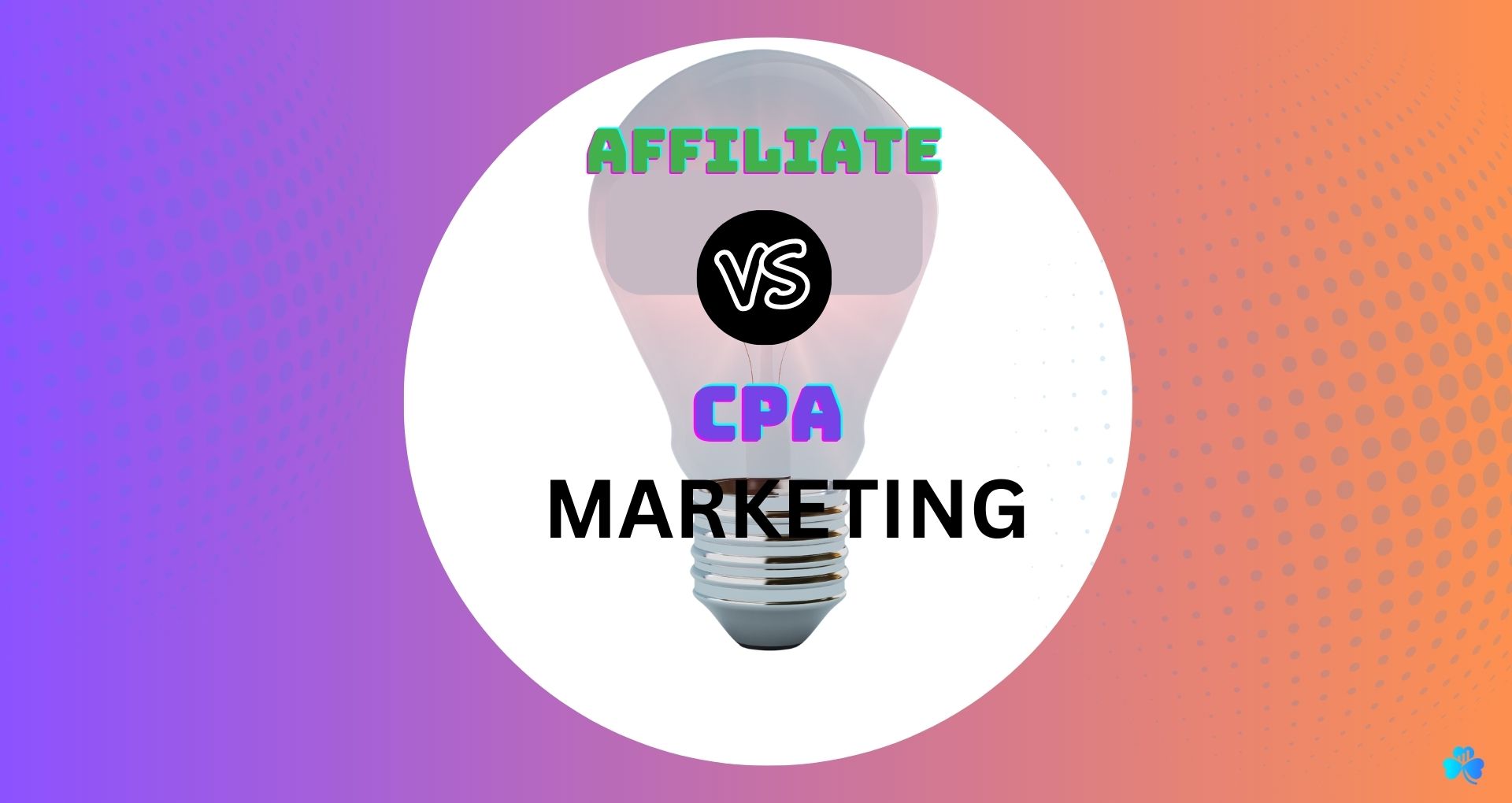
CPA Marketing vs Affiliate Marketing: Which Strategy Wins?
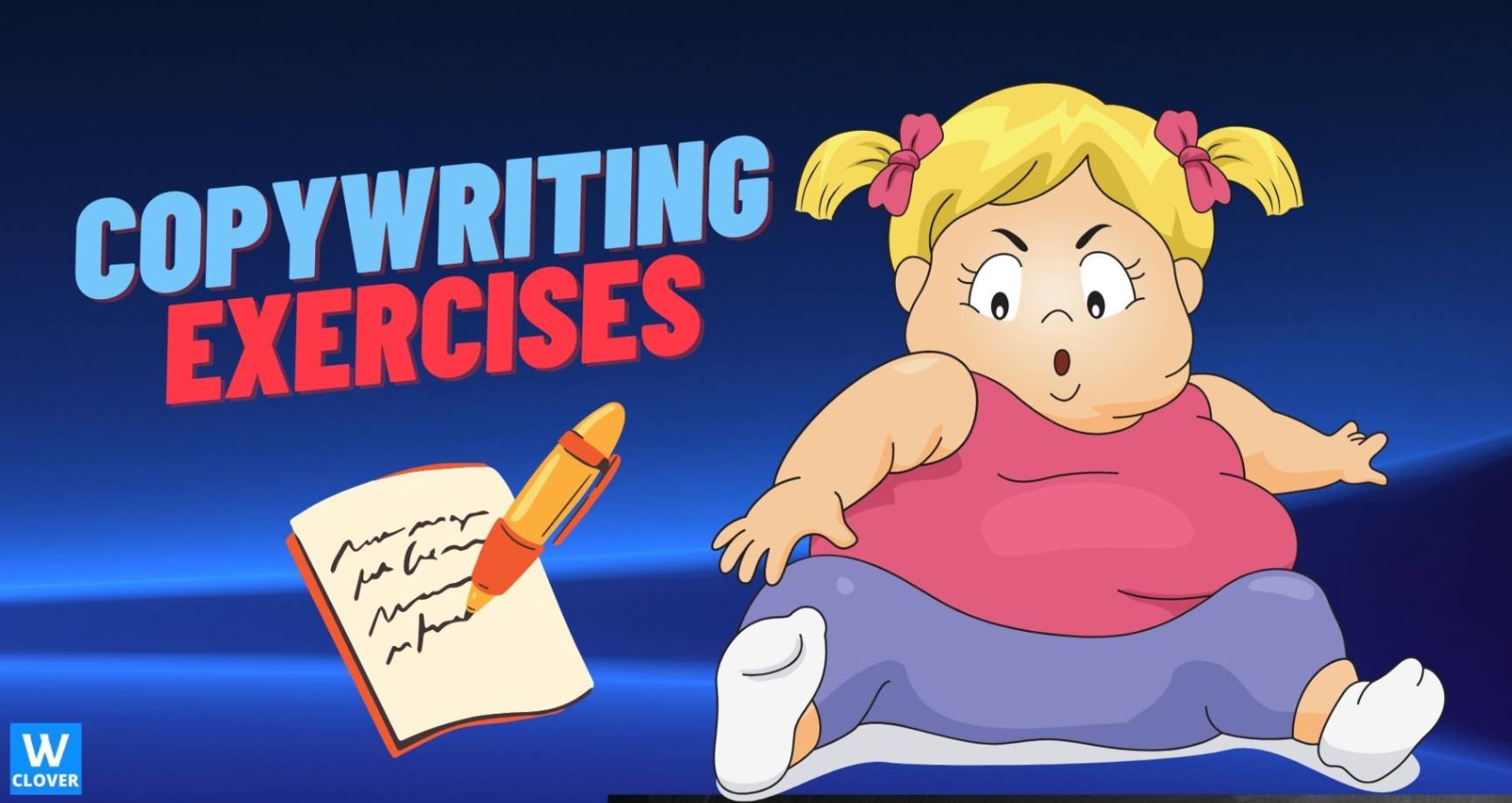
25 Copywriting Exercises: that world-class writers Swear by
